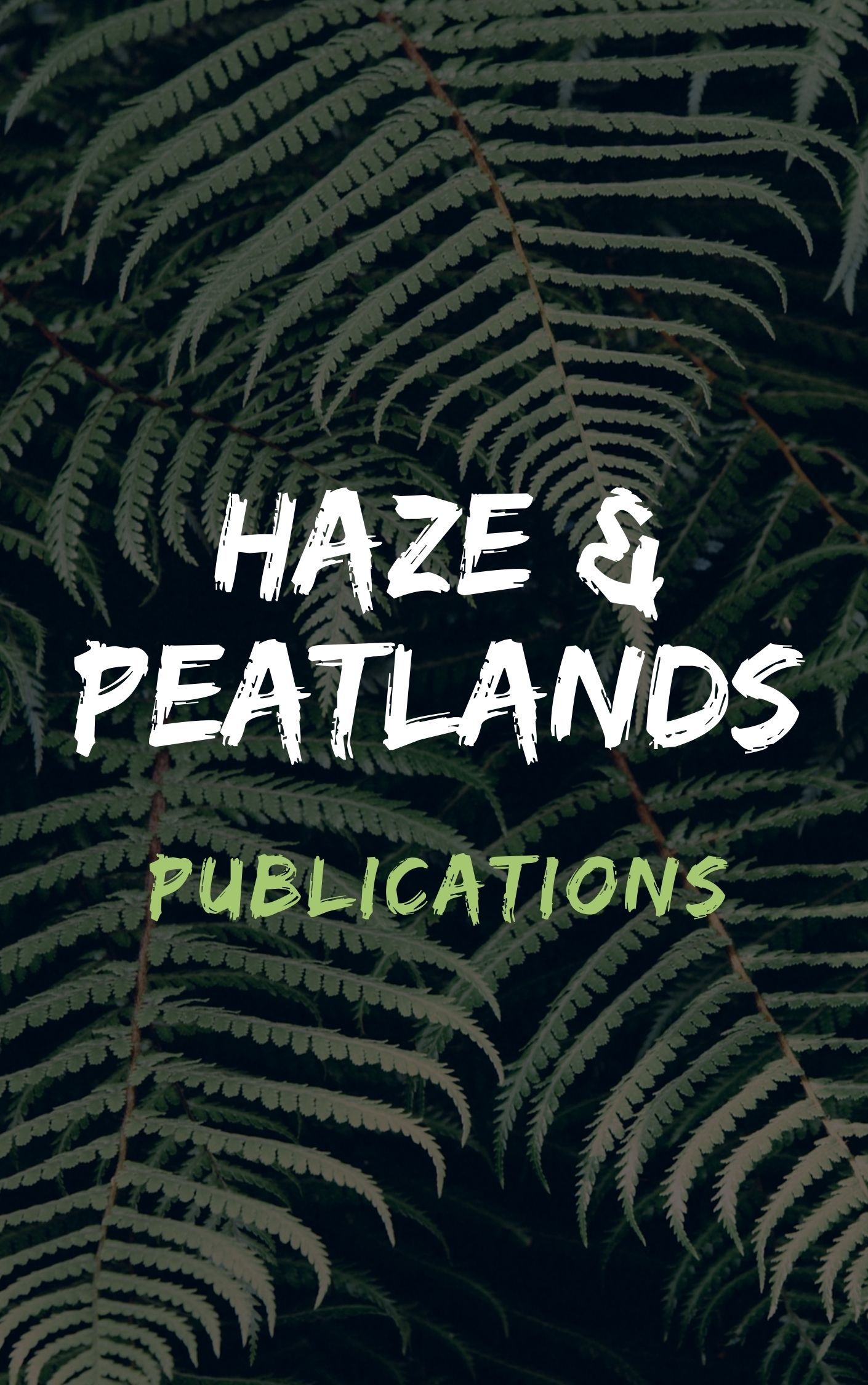Peatland rewetting, a management effort to restore water levels in previously drained peatlands, is important for re-establishing the role of these peatlands as carbon (C) sinks. Since rewetted peatlands have a highly variable response to interannual variations in climatic conditions and functional changes, long term studies of C fluxes in these ecosystems are needed. Here, we evaluated the impact of climate variability and functional change on the interannual variability of CO2 and CH4 fluxes at Burns Bog, a rewetted temperate bog on the Pacific Coast in Canada, based on five years of eddy covariance measurements. We found that the site alternated between being an annual-scale net CO2 sink or source, ranging from-32.6 +/- 21.5 (+/- 95% CI) to 11.9 +/- 15.1 g CO2-C m-2 yr-1, respectively, while consistently being a CH4 source, ranging from 11.6 +/- 0.7 to 18.0 +/- 1.6 g CH4-C m-2 yr-1. Over the five-year period, mean annual CH4 emissions (13.7 +/- 2.5 g CH4-C m-2 yr-1; +/- SD across years) entirely offset the CO2 sink (-12.3 +/- 20.4 g CO2-C m-2 yr-1), resulting in the site being near-carbon neutral over this period (1.3 +/- 23.9 g C m-2 yr-1). This finding indicates that excluding CH4 fluxes from the net C balance results in an overestimation of the net C uptake at this site. Annual CO2 emissions from the bog were greatest in the year with a dry and warm summer, emphasizing the importance of temperature and water table depth at the bog. Regardless of the greenhouse gas (GHG) metrics (i.e., global warming potential or sustained global warming potential) used in calculating the annual CO2-eq balance, the site consistently had a positive GHG balance across the study period. Despite mainly acting as a GHG source, the rewetted site will likely have a cooling effect on the climate system over long timescales compared to drained bogs that are large CO2 sources.
View source

